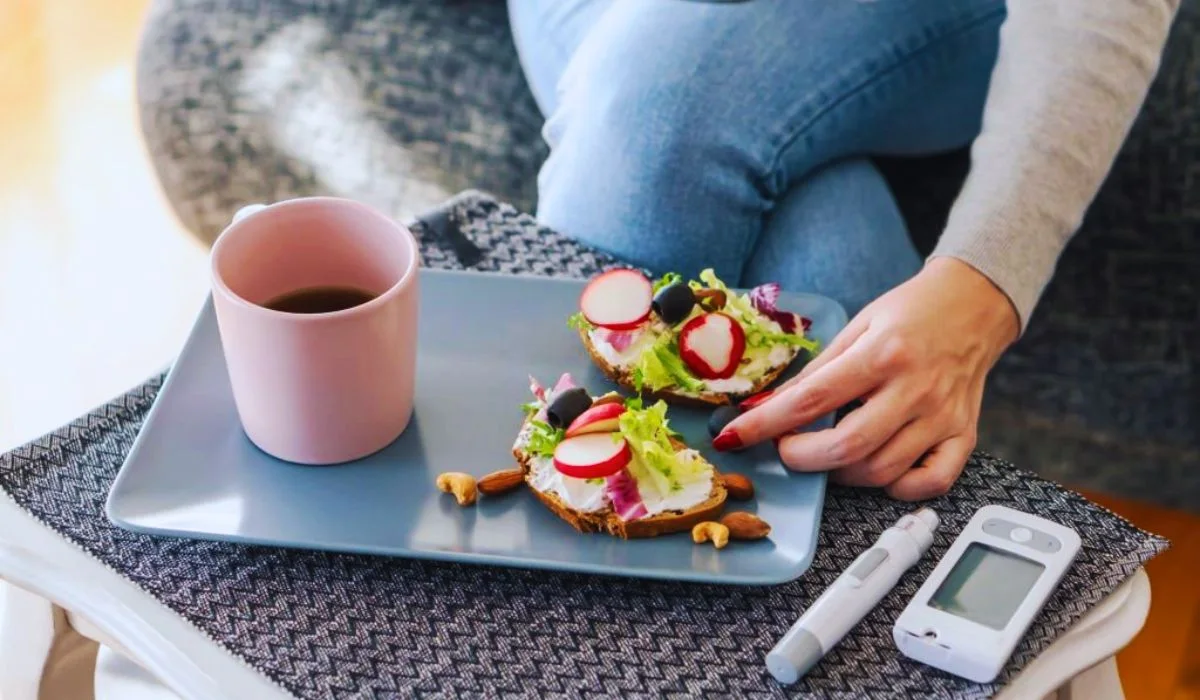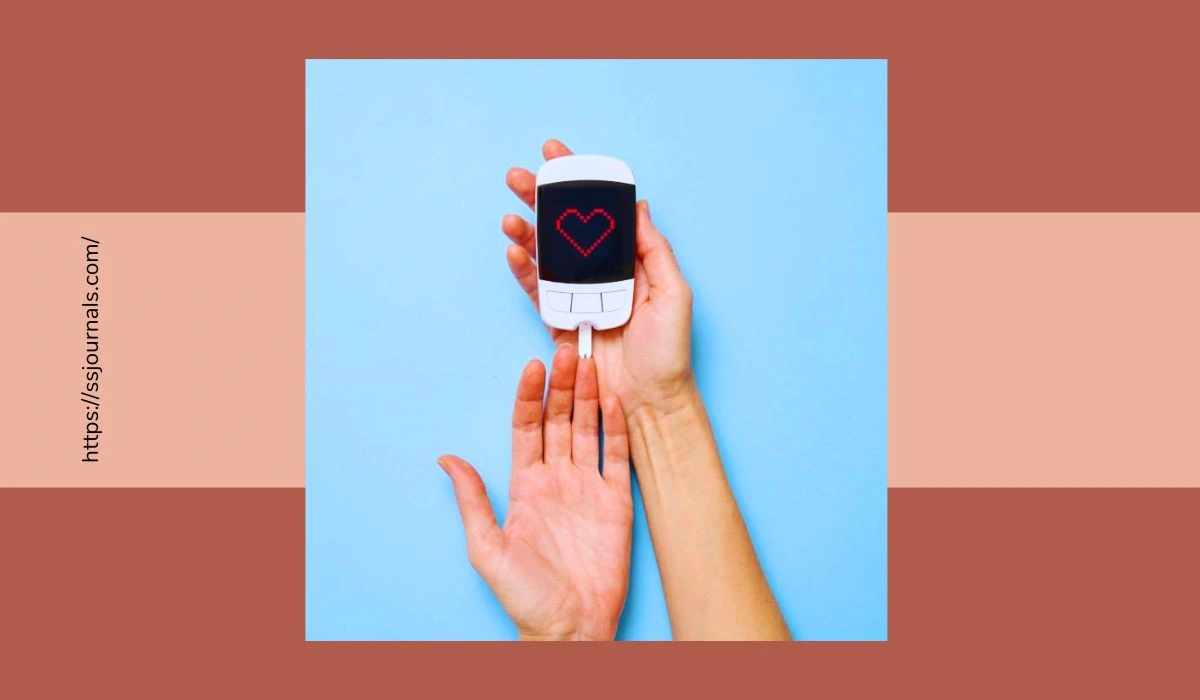Blood sugar levels are dynamic and can spike after meals. It’s important to understand the normal range and what factors can quickly bring high blood sugar back to normal. This article will examine normal blood sugar levels after eating, what causes spikes, and how to quickly reduce elevated blood sugar.
Understanding Normal Blood Sugar Levels After Eating
After eating, blood sugar levels rise as food is digested and glucose enters the bloodstream. But what is considered a normal blood sugar range? According to the American Diabetes Association, a normal blood sugar level before eating is between 70-130 mg/dL. After meals, blood sugar is expected to rise but should be less than 180 mg/dL 1-2 hours after eating.

In a non-diabetic person, the body automatically regulates blood sugar. When glucose rises, the pancreas releases insulin to signal cells to absorb sugar from the blood. This causes levels to fall back to normal within 2 hours. Those with diabetes either don’t produce enough insulin or are insulin resistant, leading to prolonged high blood sugar after meals.
What Brings Blood Sugar Down Quickly?
When blood sugar levels spike too high after eating, what can bring them down quickly? Here are some of the most effective ways to lower blood sugar fast:
- Exercise – Any movement helps lower blood sugar by making cells more sensitive to insulin and absorbing glucose. Light activities like walking can be effective.
- Hydration – Drinking water helps flush excess sugar out of the bloodstream. Aim for 8-12 glasses of non-sugary fluids daily.
- Fiber – Eating high-fiber foods slows digestion and the release of sugars into the blood. Soluble fiber is best for reducing blood sugar spikes.
- Vinegar – Adding vinegar to meals promotes insulin sensitivity and can significantly reduce post-meal blood sugar levels.
- Stress management – High stress increases blood sugar. Relaxation techniques like meditation or deep breathing can decrease glucose.
- Medication – If diet and lifestyle changes aren’t enough, medications can help lower blood sugar. Talk to your doctor about options.
How To Maintain Normal Blood Sugar After Eating
Prevention is ideal for controlling blood sugar spikes. Here are some tips to maintain normal blood sugar levels after meals:
- Choose low glycemic index foods – Limit simple carbs and sugars which digest quickly. Prioritize complex carbs, protein, and fats.
- Portion control – Eat moderate portions to prevent excess glucose from flooding the bloodstream after eating.
- Exercise regularly – Routine activity improves insulin sensitivity and blood sugar regulation long-term.
- Stay hydrated – Drink plenty of water and limit sugary juices and sodas.
- Manage stress – Address sources of stress and make time for relaxation. This promotes normal blood sugar.
- Test regularly – Check blood sugar 1-2 hours after meals to understand your body’s response. Keep a log.
- See your doctor – Those with ongoing high blood sugar may benefit from medication or insulin therapy.
Conclusion
Blood sugar spikes after meals are normal, but highs outside the normal range can indicate prediabetes or diabetes. Quickly lowering high blood sugar can reduce complications. Lifestyle measures like exercise, stress relief, and a low glycemic diet promote healthy blood sugar regulation.
Monitoring post-meal glucose levels allows you to catch problems early. Work with your doctor if blood sugar remains difficult to control through diet and exercise alone. Consistent management is key to maintaining normal blood sugar levels and reducing diabetes risk.
FAQs
A: Blood sugar typically peaks within 1-2 hours after the start of a meal. Time to peak can vary based on the composition of the meal.
A: Blood sugar above 180 mg/dL 1-2 hours after a meal is considered too high. Above 300 mg/dL at any time warrants medical attention.
A: Yes, going for a short walk after a meal can help lower the blood sugar spike via exercise.
A: Foods high in simple carbs and sugars like sweets, white bread, pasta, and rice can cause major spikes. Limit portion sizes of these.
A: While not dangerously high, a reading of 140 an hour or more after eating indicates blood sugar is higher than desired and steps should be taken to improve it.

